An Hour With... Metro 2033
By danielkempster 5 Comments
Hey there folks and welcome to another instalment of An Hour With..., my still relatively new blog feature wherein I choose a random game from my enormous backlog and spend sixty minutes with it to determine whether I should PLAY it to completion, or PASS on the experience. The overarching aim of this feature is to help me whittle down my immense Pile of Shame by giving me some formative time with each title rather than simply casting games aside at random. If you're a newcomer to the series then you can get a flavour for what I'm trying to achieve my reading this introduction to the concept, or you can peruse the list of previous entries by means of the table below:
| Previously on An Hour With... | ||
|---|---|---|
| #001 - WipEout (PS1C) | #002 - Resistance: Fall of Man (PS3) | #003 - Resident Evil: Director's Cut (PS1C) |
Today's game chosen at random by the Backloggery's awesome Fortune Cookie feature is the Xbox 360 version of a post-apocalyptic first-person shooter with survival horror elements, based on a popular Russian novel. What is it, and how will it fare through its opening hour? Read on to find out more...
The Game
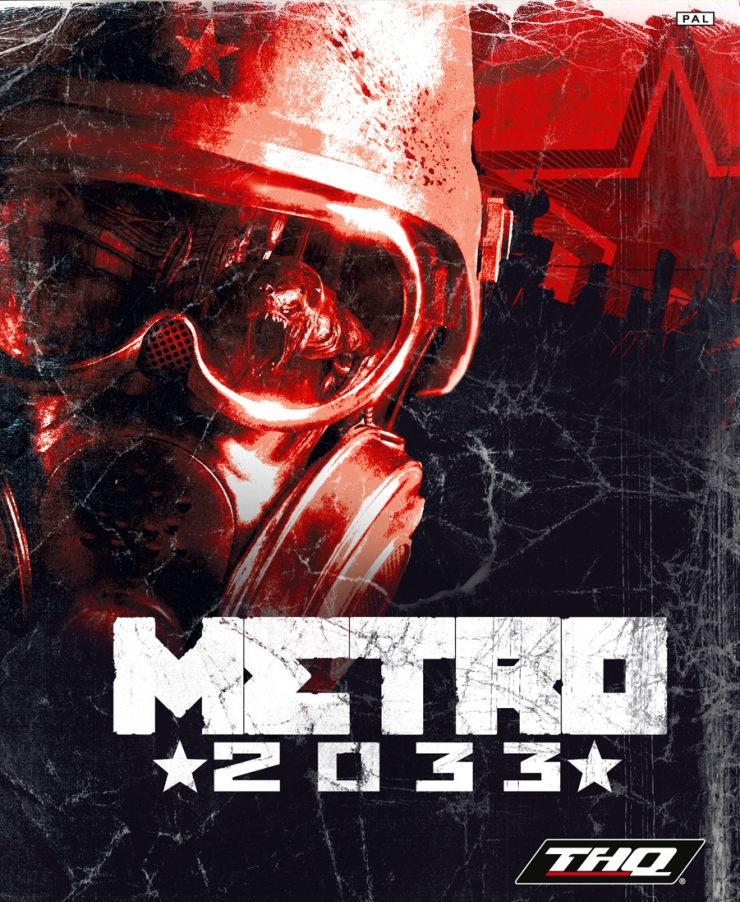
Metro 2033 is a first-person shooter with survival horror elements, developed by 4A Games, published by THQ and released exclusively for Xbox 360 and Windows PCs in March 2010. Set in a near future vision of Russia, around twenty years after a devastating nuclear war, the surface world remains uninhabitable and the last vestiges of humanity have survived by setting up subterranean communities in the Metro stations beneath Moscow. Players assume control of a young man named Artyom as he journeys through the myriad tunnels and battles all manner of gruesome and grotesque mutants. The game received generally favourable reviews from critics, including a three-star review from Giant Bomb's then-resident expert on Eastern Bloc games Dave Snider. It spawned a sequel in 2013 subtitled Last Light, and both games were given the current-generation remaster treatment in 2014 under the title of Metro Redux. A third game in the series, Metro Exodus, is currently in development and due for release next year.
The History
Much like my previous entry for Resistance: Fall of Man, I don't really have anything noteworthy to add about my history with Metro 2033. I'm certain I acquired both it and its sequel through the Xbox LIVE Games with Gold scheme, when both games were offered up as freebies to Xbox LIVE Gold members back in August 2015. I don't grab every free game going, but the Metro games looked interesting to me with their post-apocalyptic setting and focus on survival as well as shooting. Fast-forward two years and although they've spent a lot of time installed on my Xbox 360's hard drive, I've not taken any time to play them. In fact, up until the time of this blog, I don't think I'd even launched Metro 2033 before. Of course, that changes today...
The Hour
Now that we've laid all the groundwork, let's get into this blog proper, shall we? The following handful of paragraphs will act as a stream-of-consciousness chronicle of my first sixty minutes with Metro 2033. Any actions I take in-game, as well as any thoughts or opinions that pop into my head, will find their way onto the page below. As usual, let me take this opportunity to warn anyone sensitive to spoilers that there may be some early-game plot developments revealed in this section. With my 360 controller in hand, I turn the lights out and draw the curtains to set the mood, and then launch Metro 2033 from the home screen...
Five Minutes In...
Metro 2033 begins in media res, putting me in Artyom's shoes mid-mission as he and an unknown ally make their way through one of the game's old Metro stations and towards the surface where they intend to rendezvous with another group. The Prologue chapter takes a few minutes to familiarise the player with the actions available to them in Metro 2033, some of which are familiar to me and some of which aren't - player movement, jumping, crouching, aiming and shooting are all mapped as expected, but I'm grateful for the game taking some time to get me acquainted with its novel gas mask mechanics. One of the first things I notice through this opening chapter is just how slow every action feels. Artyom's default movement speed may be more realistic, but relative to my experience playing Resistance on PS3 just a few weeks ago, it feels like I'm moving through treacle. Reloading my rifle is accompanied by an equally slow animation that leaves me very vulnerable to attack, to the point where I suffer my first death in the closing battle of the chapter, a very unexpected eventuality given I'm playing on the default difficulty (Brad Shoemaker would be proud, I'm sure).
Fifteen Minutes In...
Thanks to some generous checkpointing it doesn't take me long to make it out of the Prologue and into the game proper - the action rewinds eight days and placed Artyom back in his home station of Exhibition, just before everything kicks off. The next five minutes are dedicated to world-building and plot exposition as an NPC (who I presume is Artyom's father) leads him through the station to meet an old friend named Hunter. This section does the thing a lot of first-person shooters do in their opening minutes - it takes the gun out of your hand and walks you through a corridor of scripted events, to help breathe life into the world you're about to inhabit. Metro's attempt at this is a good one - Exhibition feels cramped and claustrophobic, but teeming with life as people go about their daily business. One thing I will say is that the audio cues aren't fantastic here - maybe it's the tight space forcing you along the path a little too quickly, but the end result is that everyone ends up talking over each other and it's difficult to isolate individual threads of conversation. Maybe that's what the developers were going for, but it just seems messy with the existing audio balancing.
As expected, things quickly go south - mutants invade the station's hospital just after Hunter's arrival, forcing a gun into Artyom's hand and thrusting him into battle with a pack of Nosalises (think Fallout's radioactive mole rats but on steroids). It's here that I make two observations, the first being that I really like the user interface in this game. It's slick, full of information, and I'm particularly fond of the way that it shows you which bullets you're using by displaying the base of the round on the screen. That's a cool little touch. The other thing I notice is that combat becomes incredibly clunky in enclosed spaces like the one I'm currently in. Up until now I've been using guns out in the open and have had a decent amount of room to move around my opponents and seek cover behind objects. Here I'm basically in a box with enemies gradually leaking into it. I end up abandoning my new revolver in favour of my combat knife, which seems to do a much better job at close proximity. Given this is a game set underground in the tunnels of the Metro, though, I start to worry a little bit about how the gunplay is going to feel from here on out.
Thirty Minutes In...
After this battle Hunter disappears into the tunnels in search of mysterious, powerful mutants known as the Dark Ones, leaving instructions for Artyom to contact someone named Miller at Polis station if he doesn't return. As you might expect, Hunter doesn't return, and so our adventure finally feels like it's starting to get underway. Except, it still kind of isn't. More tutorialising is in store as we pick up some more weaponry, some cartridges for our gas mask, and a dynamo of some sort that boosts the power of our flashlight. It's here that the game also introduces its economy to the player, explaining that pristine military grade rounds from before the war can be used as currency to buy more weapons, or traded in for a larger quantity of Metro-made rounds. These are much cheaper and more plentiful, but they are also less powerful than the military grade rounds. This presents the player with an interesting dichotomy, since using the pristine ammunition will make gunfights easier, but at the cost of literally throwing your money away. Whether the game does anything interesting with this premise remains to be seen though.
Artyom joins a travelling caravan heading from Exhibition to nearby Riga station, the first step on his journey to Polis. Unfortunately the caravan is hit by some mysterious force as it travels through the tunnels, incapacitating everyone but Artyom who must then fend off a band of attacking Nosalises while his companions recover and get the caravan moving again. It's a tensely fought on-rails section that mixes up the action nicely, and the double-barrelled shotgun that I acquire is the first weapon I've held that actually packs a punch. Maybe this isn't going to be so bad after all...
One Hour In...
No sooner has the caravan reached its destination than the action once again dissipates in favour of more gentle world-building. Artyom and his companions stop for a drink to celebrate their survival, giving another glimpse of life under what remains of Moscow. Unfortunately the events in the tunnel have put the station on lockdown, so Artyom splinters off from the caravan crew in search of another way out. It's now that he meets a mysterious individual called Bourbon, who says he knows of a "gap in the fence" so to speak that can put Artyom back on track to Polis. Time to hit the tunnels once again, on foot this time.
For the next twenty minutes or so Bourbon becomes my companion, walking me through the basics of Metro's stealth mechanics as we watch out for broken glass on the ground and tripwires across doorways. He's the only character I've encountered up to this point who's shown even a whiff of personality - his dry sense of humour and constant quips breathe a little bit of life into the journey through the dark, uninviting Metro tunnels. I wish I could say the same about his usefulness as a combat buddy, but that seems wildly inconsistent. One moment we're up against bandits and he does absolutely nothing, cowering behind cover and leaving me to root them all out. The next, we're even deeper into tunnels filled with poisonous vapours (my first opportunity to use my gas mask since the Prologue), and he gets stuck into the many Nosalises blocking our path. The inconsistency is frustrating, and it's compounded by the fact that I'm starting to run quite low on ammunition but haven't seen any opportunities to scavenge any replacement rounds as yet.
This section of the game culminates in a pretty big firefight - Artyom and Bourbon are refused passage at the gates of the next station, forcing them to fend off a pack of advancing Nosalises. I'm guessing this is supposed to be tense but all it succeeds in doing for me is recapturing the frustration of the fight back at Exhibition. Once again I have several enemies attacking me in an enclosed space where I don't feel like my gun is useful and I have to resort to my knife instead. Once we've seen off these attackers the guards at the gate recognise Bourbon and open up to let him and Artyom through. What follows is - yep, you guessed it - more downtime as we get more exposition and world-building within this new station environment. Feeling like I've seen enough, I check my watch and note that the hour is up. Not a moment too soon, I catch myself thinking...
The Verdict
If I'm being honest, the first hour of Metro 2033 hasn't made a great impression on me. Let's start with the positives though, shall we? First off, it just oozes atmosphere - the world of Metro feels believable, lived in, and is absolutely rammed with little details that help to suck the player into the experience it's trying to create. The dilapidated, ramshackle communities within each station feel warm and alive, a stark juxtaposition with the crushing darkness of the tunnels that connect them. The atmosphere is further compounded by the little snippets of narration that bookend each small session of gameplay, giving insight into Artyom's character as his journey progresses. It's a shame that he defaults to the silent protagonist trope during gameplay, as it creates a disconnect between the gameplay and the narrative thread.
Unfortunately that's where the whole thing starts to break down for me - the gameplay. Metro is a first-person shooter where the guns aren't fun or satisfying to use, and that's a major turn-off for me when it comes to this genre. With the exception of the shotgun, the handful of guns I used through the first hour lacked any kind of weight or impact to them, and the enemies I was firing them at didn't seem to react, to the point where I wasn't sure if I was doing any damage most of the time. There are some really neat ideas in here, such as the gas mask mechanics and the idea of pristine bullets also being currency, forcing you to make important decisions about whether to shoot them or save them, but they feel half-baked and out of place in the context of the game's linear nature. Also, given Metro is (by definition of its setting) a corridor-based shooter, there don't seem to be many opportunities to engage with the survival horror staple of resource scavenging. The BioShock games do this really well, I feel, and I didn't get that same vibe from the first hour of Metro 2033.
Metro 2033 is the first time where I feel like my verdict might be unfair, since it's painfully apparent that the game is still building up steam. But if an eight-to-ten-hour first-person shooter campaign can't grip me in its opening sixty minutes, then it's difficult to justify spending any more time with it just to see if it does actually get any better. There's just too much down-time, not enough action, and what action there is hasn't been fun to engage with. For those reasons, I'm going to PASS on Metro 2033 and remove it from my Pile of Shame.
---
Thanks, as always, for taking the time to read these ramblings. Next time on An Hour With..., I'll be dusting off my trusty PlayStation 2 and travelling back to the Wild West for some third-person gun-slinging action. Until then, take care and I'll see you around.
Daniel
---
Currently playing - Metro 2033 (X360)
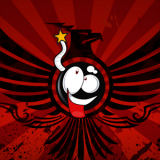
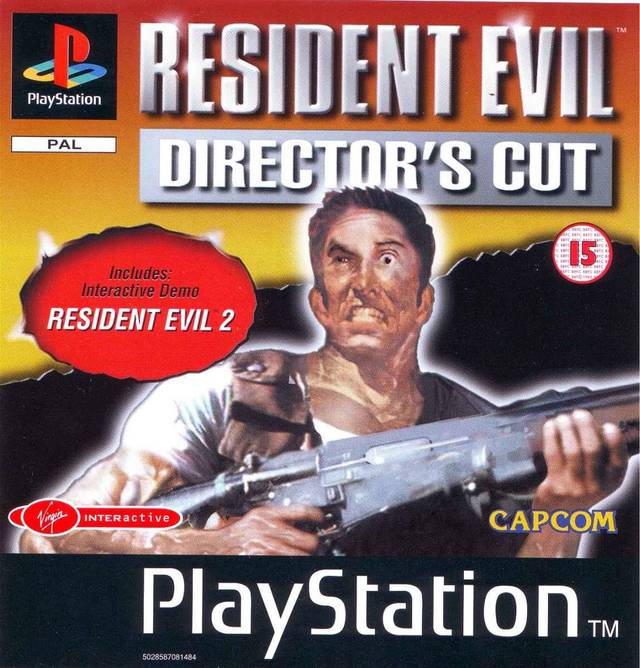
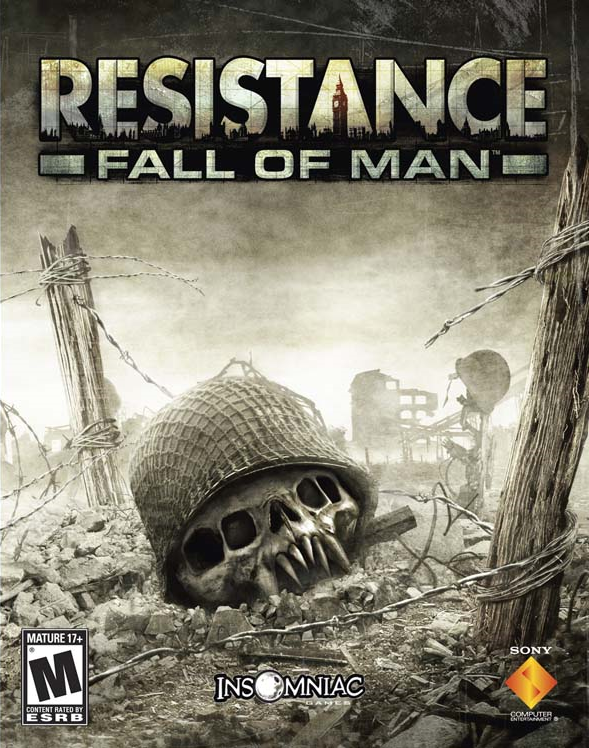
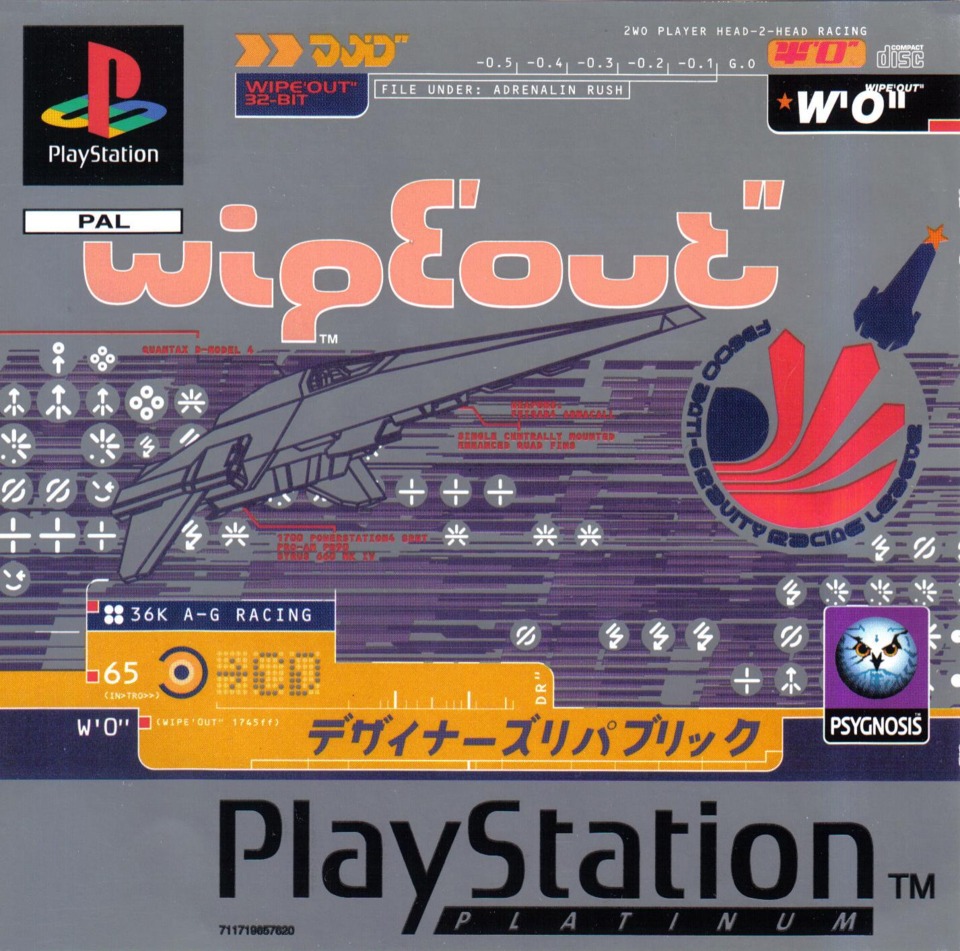

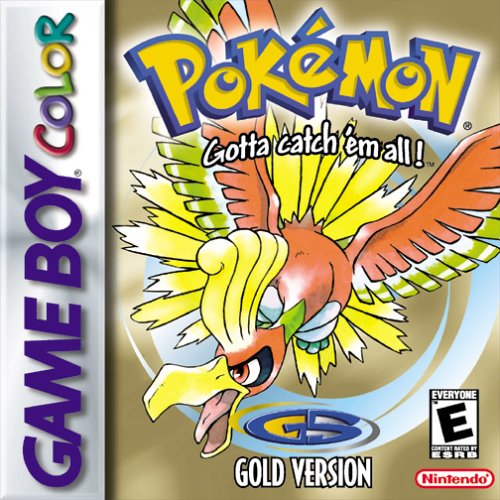
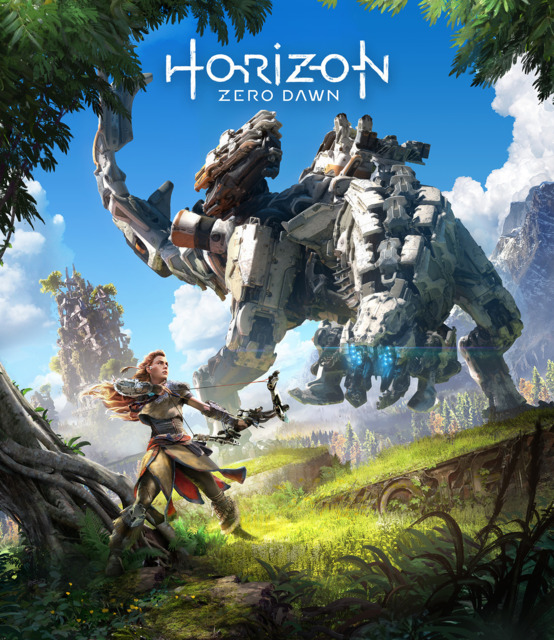
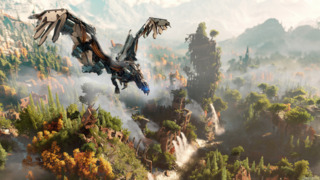
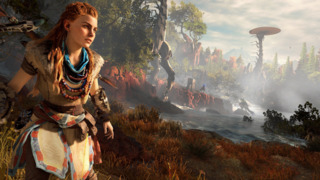

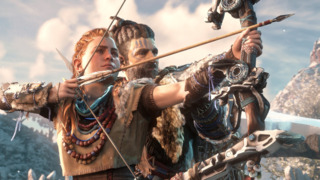
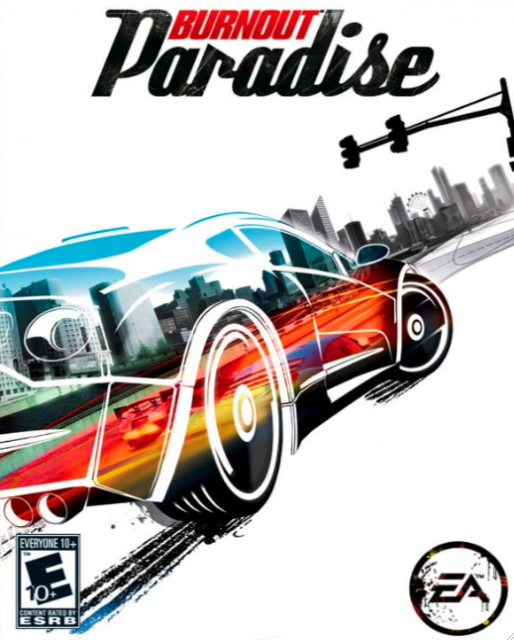
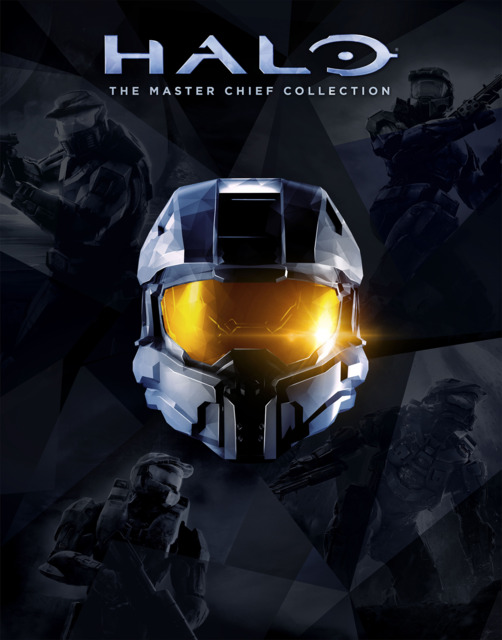
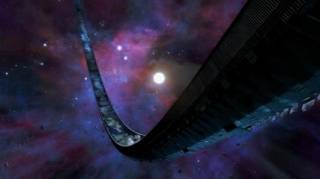
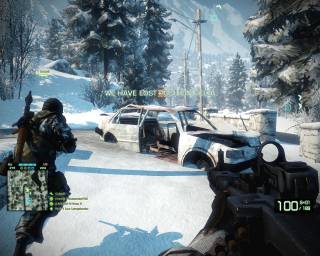
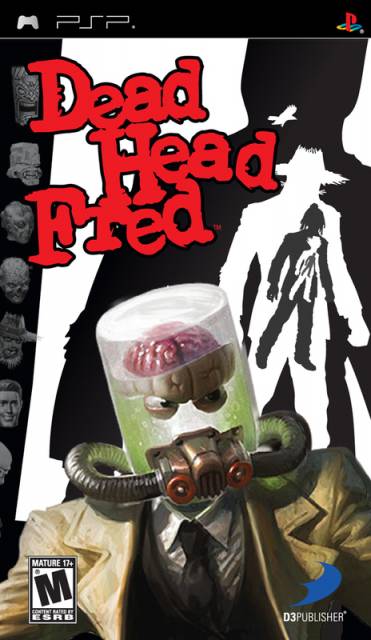
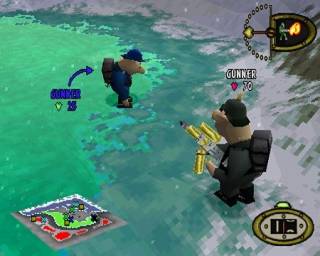
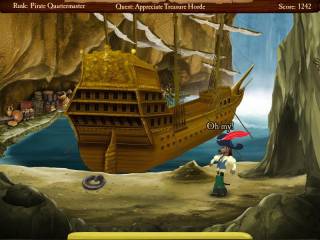
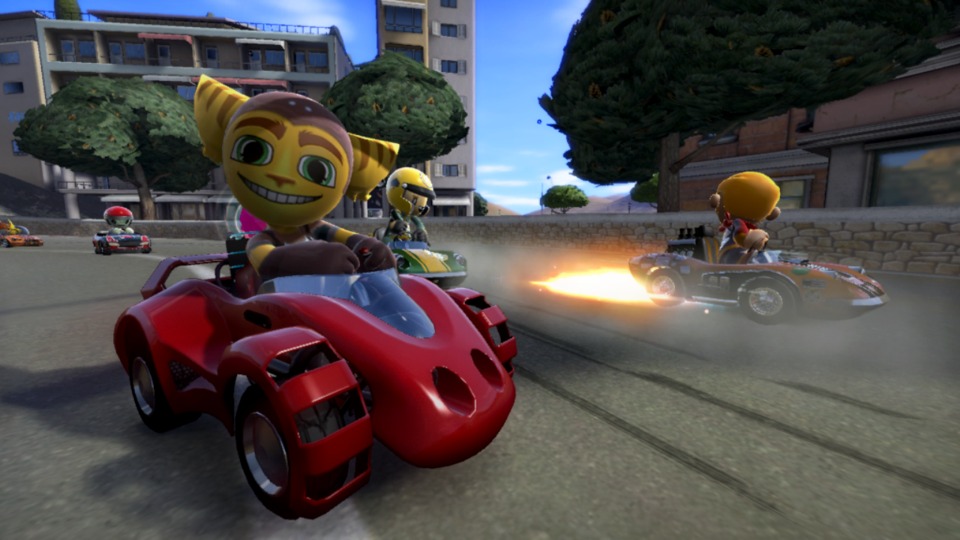
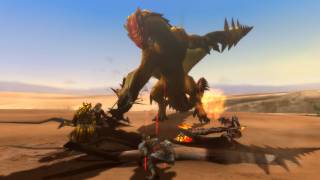
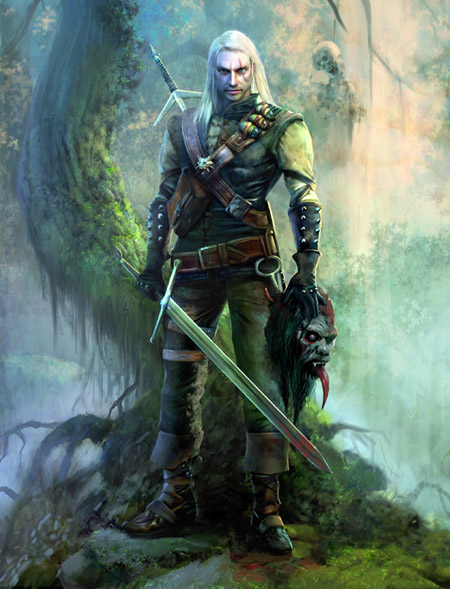
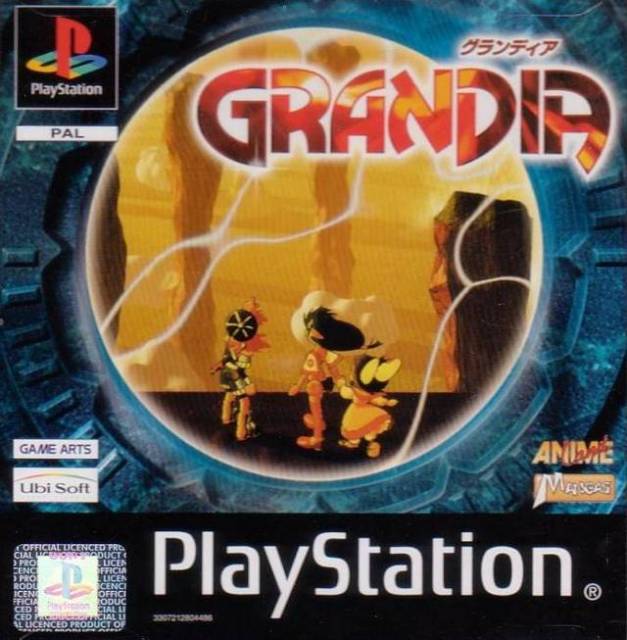
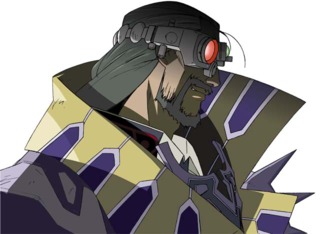
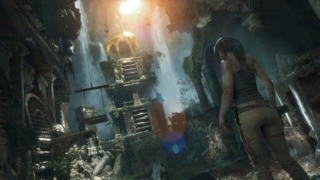
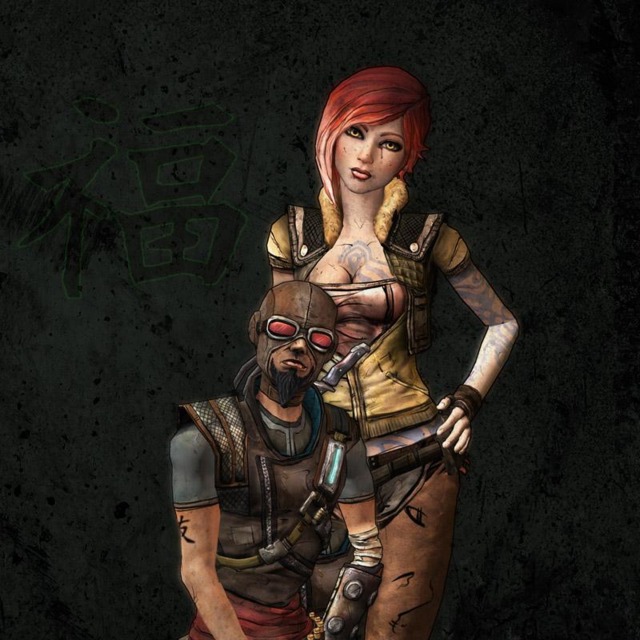
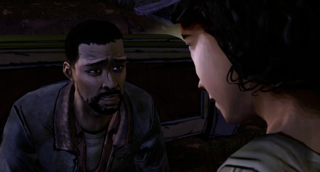
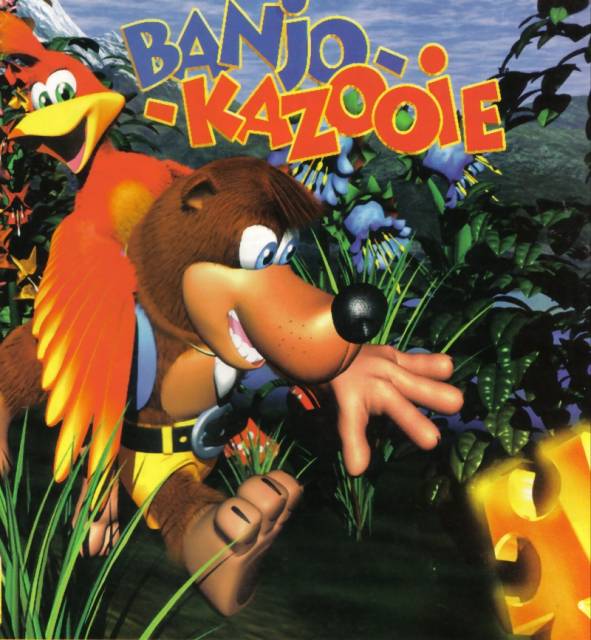
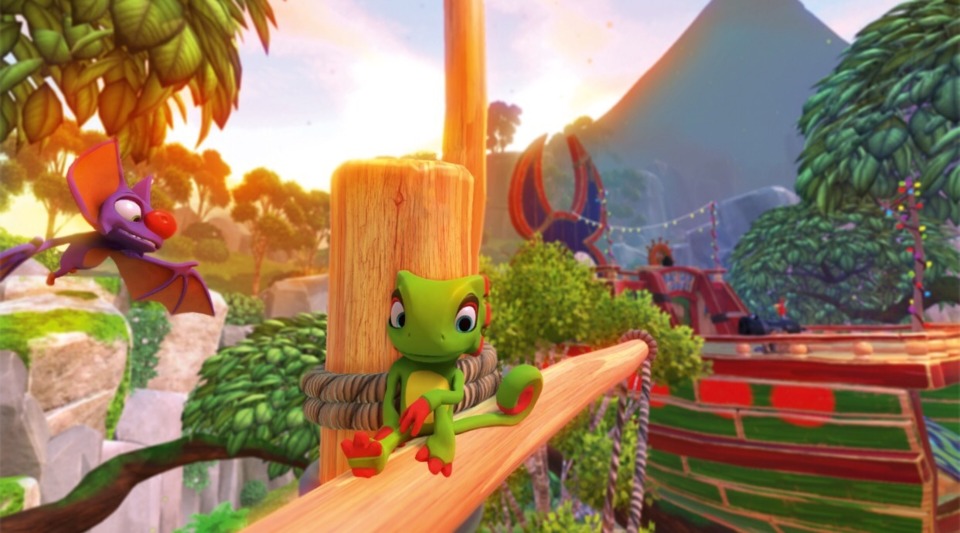
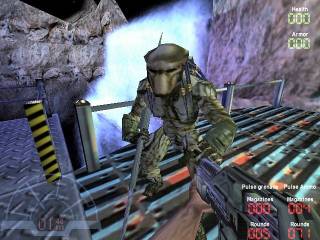
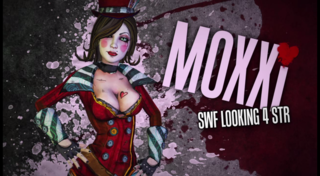
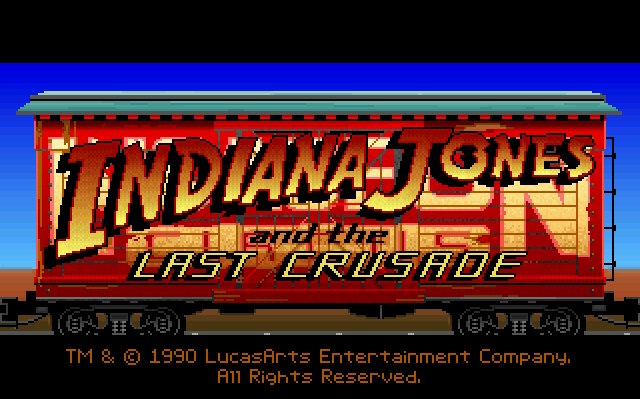
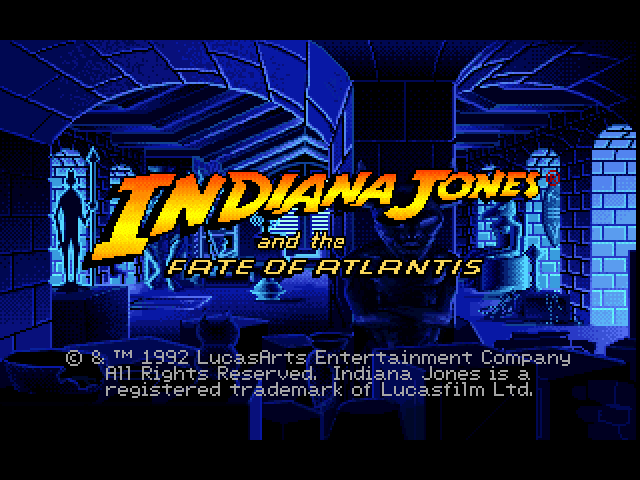
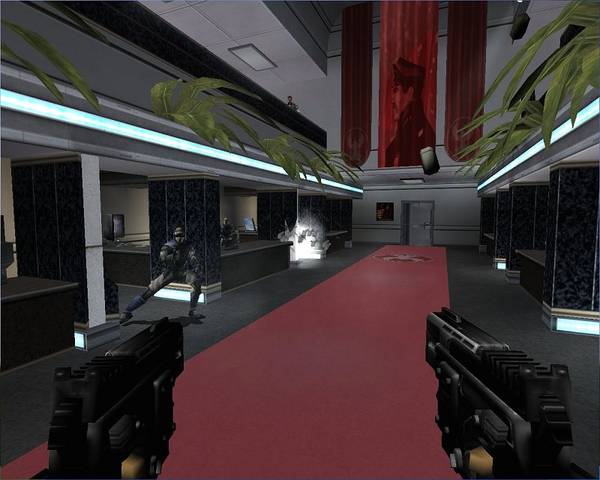
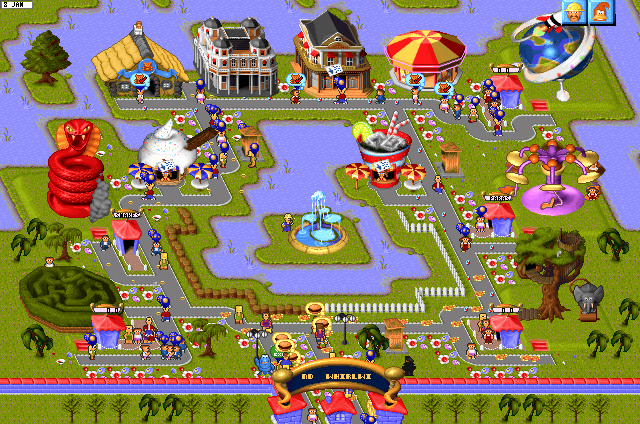
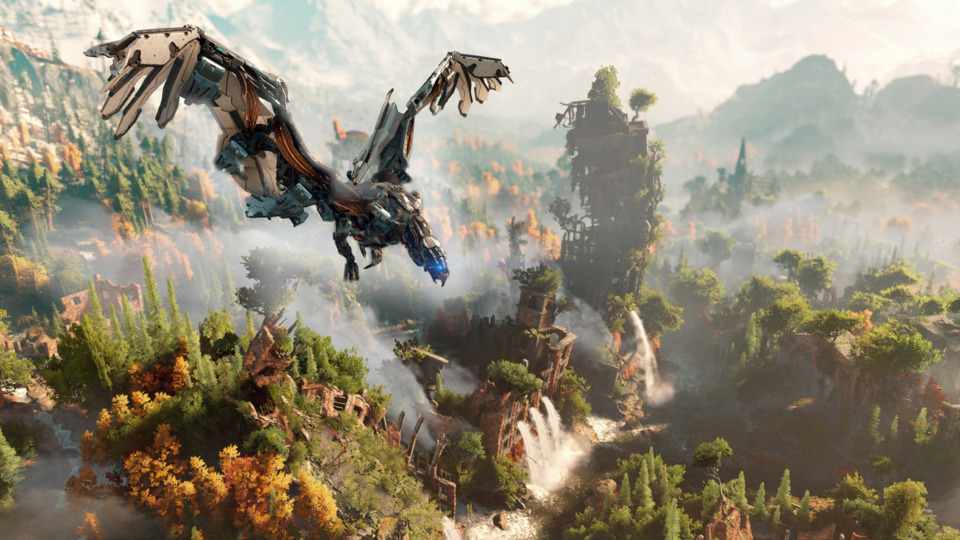
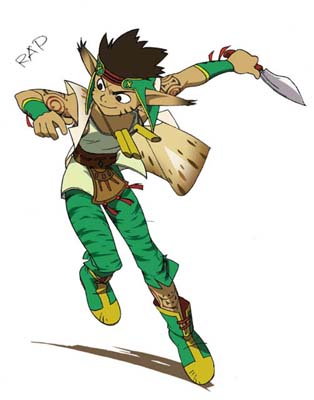
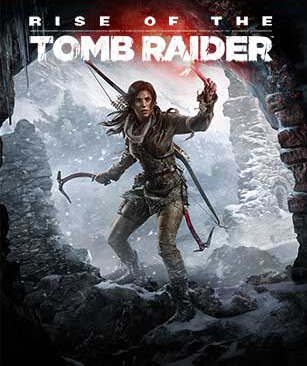
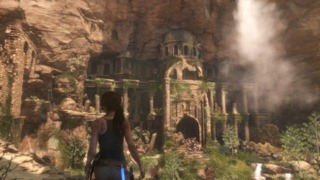
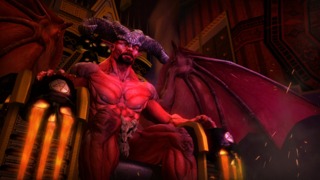
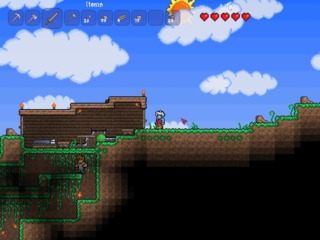
Log in to comment